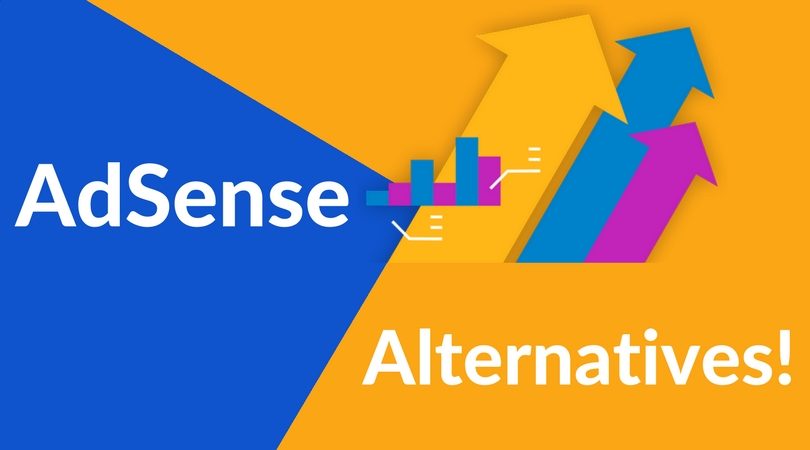In today’s digital age, web design and development have become critical components for any business or individual looking to establish a strong online presence. A well-designed website not only serves as a digital storefront but also acts as a powerful marketing tool that can attract, engage, and convert visitors into loyal customers.
Whether you’re a business owner, a budding web developer, or someone interested in understanding how websites are created, this comprehensive guide will cover everything you need to know about web design and development. From fundamental principles to the latest trends and best practices, we’ll walk you through how to build websites that stand out and deliver results.
What is Web Design and Development?
Web design refers to the process of planning and creating the visual aesthetics and user experience of a website. It includes everything from layout, color schemes, typography, images, and interactive elements to ensure the site is visually appealing and user-friendly.
Web development is the technical side of building a website, involving coding and programming to bring the web design to life. It ensures that the website functions correctly, loads quickly, is responsive on all devices, and integrates necessary backend systems such as databases and content management.
Together, web design and development create a website that is not only beautiful but also functional and effective at achieving business goals.
Why Is Web Design and Development Important?
Your website is often the first impression customers have of your brand. A poorly designed site can drive visitors away, while a well-crafted one can enhance credibility, improve user engagement, and increase conversions.
Here are key reasons why web design and development matter:
- First Impressions Count: Visitors form opinions about your business within seconds based on your website’s look and feel.
- Usability Impacts Engagement: Easy navigation, fast load times, and mobile responsiveness keep users interested and reduce bounce rates.
- SEO Foundation: A well-developed website optimized for search engines helps you rank higher on Google and attract organic traffic.
- Brand Consistency: Web design reflects your brand’s personality and values, building trust and recognition.
- Competitive Advantage: Investing in modern, functional web design can set you apart from competitors.
Key Components of Web Design
1. Visual Design and Branding
Visual elements like color, typography, and imagery should align with your brand identity. Consistency in design builds recognition and professionalism. Using white space effectively also enhances readability and focus.
2. User Experience (UX)
UX design ensures that visitors can easily find what they’re looking for and complete actions like purchasing, signing up, or contacting you. This includes intuitive menus, clear calls to action (CTAs), and logical page flow.
3. Mobile Responsiveness
With over half of internet traffic coming from mobile devices, responsive design that adapts to different screen sizes is no longer optional — it’s essential.
4. Accessibility
Designing for accessibility means making your website usable by people with disabilities. This includes providing alt text for images, ensuring keyboard navigability, and using appropriate contrast ratios.
Core Elements of Web Development
1. Frontend Development
Frontend developers use languages like HTML, CSS, and JavaScript to implement the visual and interactive parts of the website. Modern frameworks like React, Angular, and Vue.js help build dynamic, single-page applications with rich user interfaces.
2. Backend Development
Backend development involves server-side coding to handle databases, user authentication, business logic, and API integrations. Common backend technologies include PHP, Node.js, Python, Ruby on Rails, and Java.
3. Content Management Systems (CMS)
CMS platforms like WordPress, Drupal, and Joomla allow non-technical users to update website content easily without touching code. They offer themes and plugins to extend website functionality quickly.
Popular Web Design and Development Trends in 2025
Keeping up with trends can help you build a modern and competitive website. Here are some current trends shaping the industry:
Mobile-First Design
Designing primarily for mobile devices ensures the best experience for the majority of users and helps improve search engine rankings.
Progressive Web Apps (PWAs)
PWAs offer app-like experiences on the web, including offline access, push notifications, and fast loading speeds, bridging the gap between web and native apps.
Dark Mode
Many users prefer dark mode for its visual appeal and reduced eye strain. Offering a dark mode toggle has become a popular design feature.
Artificial Intelligence (AI) Integration
AI-powered chatbots, personalized content recommendations, and image recognition enhance user engagement and provide better customer support.
Voice Search Optimization
With the rise of voice assistants, optimizing websites for voice queries is becoming increasingly important.
Best Practices for SEO in Web Design and Development
Building a beautiful website is not enough if it doesn’t rank well on search engines. Here’s how to ensure your site is SEO-friendly:
- Use semantic HTML tags for better content structure.
- Optimize page load speed by compressing images and minimizing code.
- Ensure mobile-friendliness across all devices.
- Include meta titles and descriptions with targeted keywords.
- Create clean URL structures that are easy to read and remember.
- Use alt text for images to improve accessibility and SEO.
- Implement schema markup to help search engines understand your content.
How to Choose the Right Web Design and Development Partner
If you’re not building the website yourself, selecting the right agency or freelancer is critical. Consider the following:
- Portfolio and Experience: Review their past projects to ensure they align with your vision.
- Technical Expertise: They should be proficient in the latest design tools and development technologies.
- Communication: Clear and timely communication prevents misunderstandings and delays.
- Support and Maintenance: Post-launch support is crucial for updates and troubleshooting.
- Pricing and Timeline: Transparent costs and realistic schedules help avoid surprises.
Conclusion
Mastering web design and development is fundamental to establishing an impactful online presence. A well-designed and expertly developed website improves user experience, boosts SEO, reflects your brand’s identity, and drives business growth.
Whether you’re embarking on building a new website or revamping an existing one, focusing on both design aesthetics and technical robustness will give you a competitive edge in today’s digital marketplace.
Invest in quality web design and development today to ensure your website not only looks great but also performs seamlessly for years to come.
If you want a tailored web design and development strategy for your business or need help choosing the right technologies, feel free to reach out!
Would you like me to help create downloadable resources, SEO checklists, or tutorials to complement this blog?



